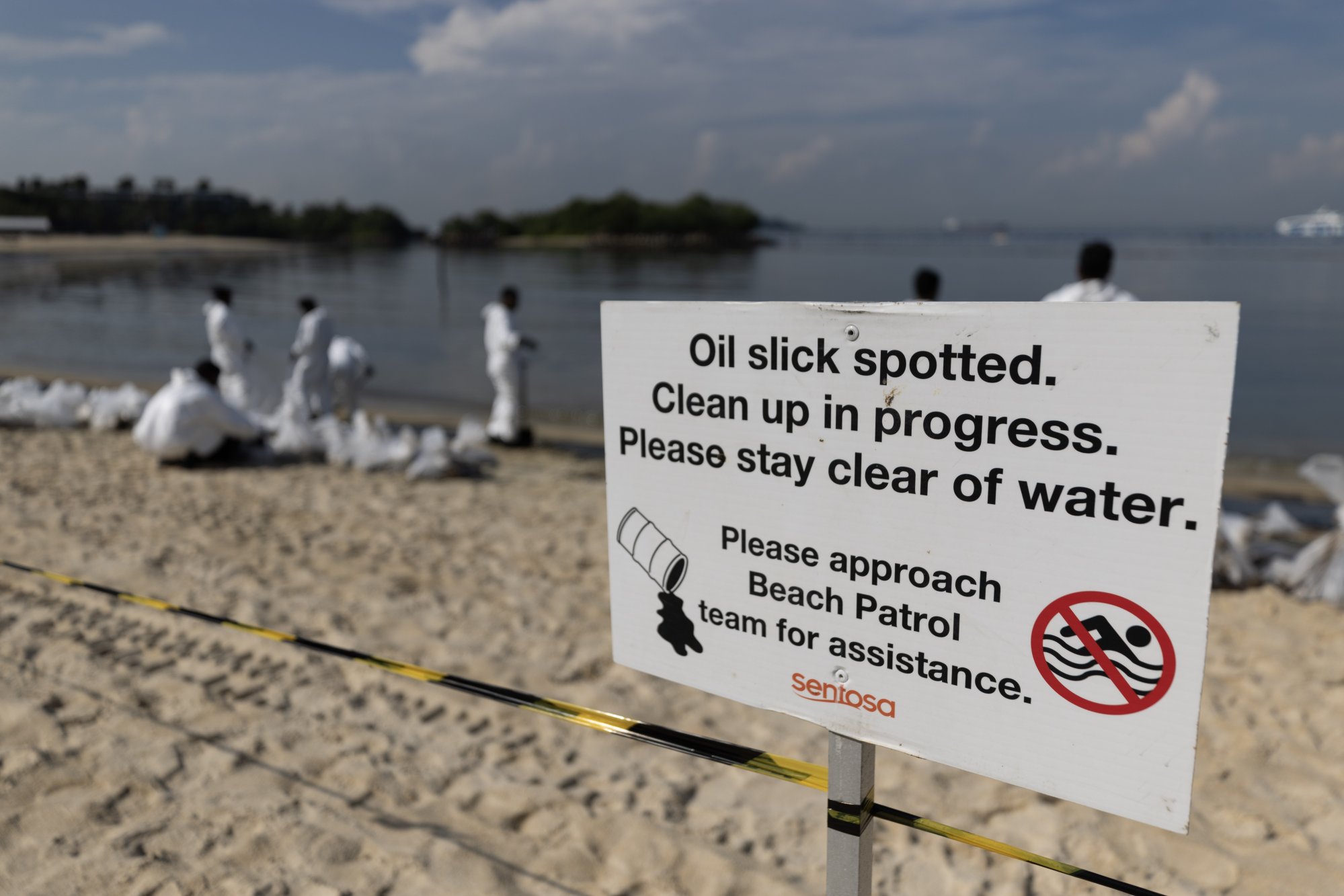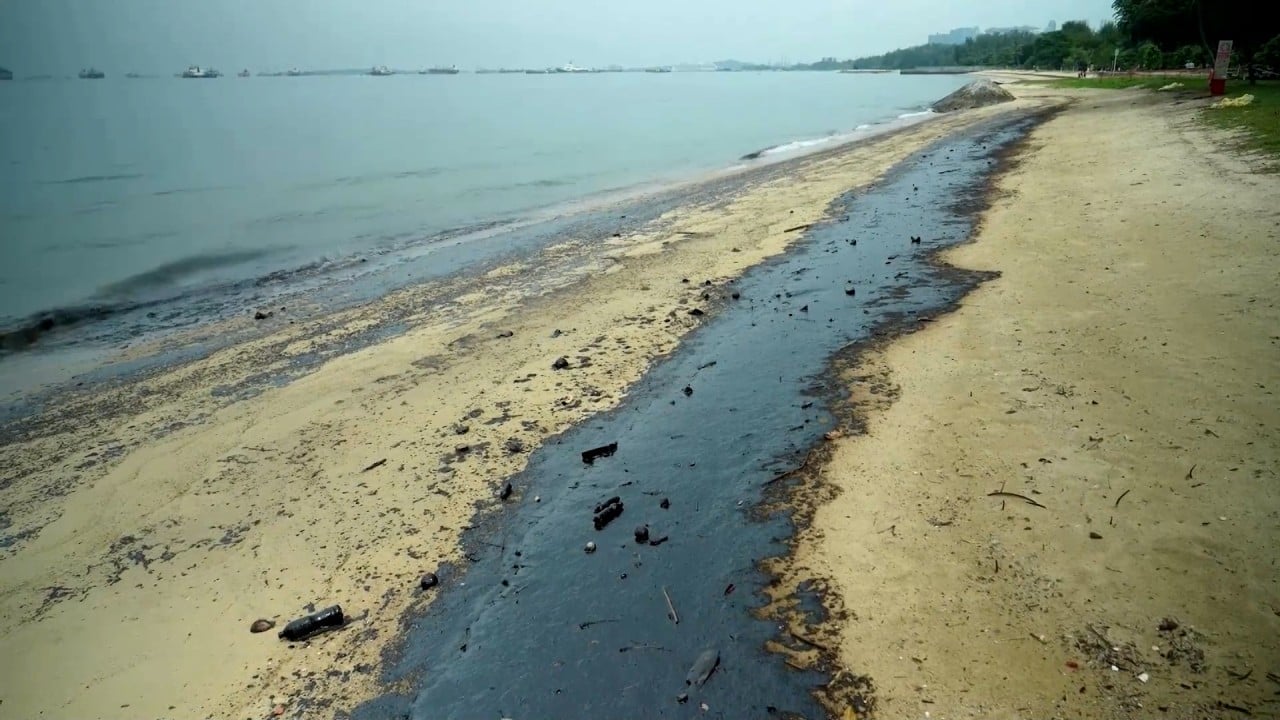In a response to a CNA query, the Maritime and Port Authority (MPA) said on Thursday the shipowner of Marine Honour is liable for costs incurred, and that the ship has insurance coverage to meet the liability.
This falls under the Merchant Shipping (Civil Liability and Compensation for Oil Pollution) Act 1998, which gives effect to the International Convention on Civil Liability for Oil Pollution Damage 1969, which was later revised in 1992, MPA said.
“Costs for measures reasonably taken after the spill, resulting economic losses and environmental damage arising from the contamination can be assessed for claims.”
After the clean-up operation, Singapore government agencies will “seek compensation for cost of all measures taken to contain and clean up the spill, including where damage was caused to infrastructure”, MPA said.
British Marine, the insurer of Marine Honour, has set up a contact for third-party claims by those affected.
What happened
The spill was sparked by Netherlands-flagged dredger Vox Maxima hitting Singapore-flagged bunker vessel Marine Honour at Pasir Panjang Terminal at about 2.20pm on Friday.
According to MPA, Vox Maxima reported a sudden loss in engine and steering control before its allision with Marine Honour – referring to when a moving vessel hits a stationary object.
This ruptured one of Marine Honour’s oil cargo tanks, releasing about 400 tonnes of low-sulphur fuel into the sea.

The oil spread to several coastlines and washed up on a number of beaches on Saturday, staining the sand black and sending the stench of petrochemicals into the air.
The incident was not caused by port congestion, Transport Minister Chee Hong Tat said on Tuesday as he gave a brief timeline of events.
In his latest update on Thursday, Chee said that several beaches have been largely cleared of oil, but further work is needed to fully clear them.
“Currently, we are focused on cleaning up the oil slicks and sheens from water and land which are visible through drone surveillance and satellite imagery,” he said.
“In the next phase, we would need to flush out stranded oil, such as those on oil-stained rock bunds … The clean-up operation will take some time, and I would like to seek the understanding of members of the public and businesses who are affected by this incident.”


